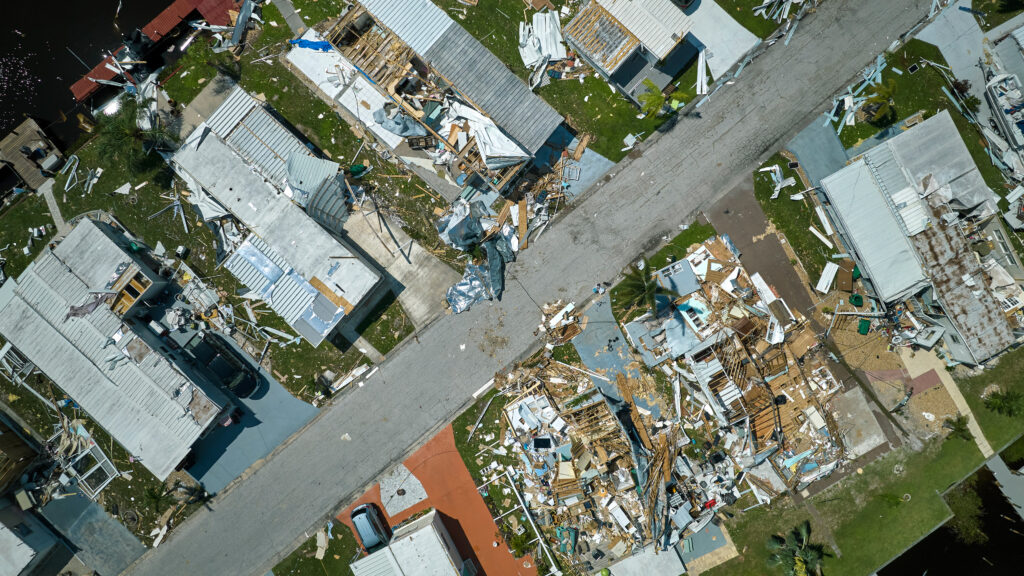By Vivian Young and Donald Brown
As the looming hurricane season approaches and another legislative session is already behind us, property insurance remains a pressing concern for many Floridians. While the Legislature has enacted reforms in recent years, the impact on insurance costs is yet to be determined. State leaders recommend allowing these reforms time to take effect, but as we look toward the upcoming storm season, it is crucial to continue the discussion on improving Florida’s property insurance market.

Hurricanes will continue to impact our state, and they are projected to increase in intensity and strength due to climate change and rising sea levels. The question we must ask ourselves is: Have we learned the lessons from previous storm seasons? Are we building back stronger, smarter and safer for our residents? Or are we perpetuating the same strategies that lead to greater damage when a major storm hits?
When storms cause widespread devastation, it not only fractures communities but also fuels rising insurance prices. By changing the way we prepare, recover and rebuild, we can all benefit and help ease the burden of increasing insurance costs.

To reduce the high human and fiscal cost of hurricanes and other disasters, we must take proactive measures. Flooding and wind are often the most devastating aspects of a hurricane. Building in less vulnerable locations and constructing stronger structures can significantly mitigate damage and lessen further increases in property insurance rates.
Smarter resilience efforts, including evaluating flood potential and environmental impacts of new development, and identifying land that would be better suited to storing floodwaters and buffering communities, should take priority. Further, we must begin to acknowledge that some areas are simply inappropriate for development. These strategies, along with enacting stronger building codes, can mitigate flooding damage and benefit our fragile coastal environment. These changes would be a win-win for communities and our precious natural resources.
While no single tactic will solve all the problems, Florida has resisted changing the way we build and plan our coastal communities. We must ask ourselves, how many devastating storms and destroyed communities will it take to start thinking about more effective ways to build and rebuild?

As we approach another hurricane season, it is time for state and local leaders, as well as all Floridians, to continue this critical dialogue and take a new direction in community planning. We must transform the lessons of past storm seasons into meaningful reforms that prioritize greater resilience for our communities. With more resilient communities, we can expect some relief from rising property insurance prices as well as the cost to taxpayers of recovering from storms.
The path to a more sustainable and affordable future for Florida lies in our ability to adapt and learn from our experiences. By embracing smarter development practices and prioritizing resilience, we can protect our communities, our environment, and our economic well-being in the face of the inevitable challenges posed by hurricanes.
Vivian Young is communications director of 1000 Friends of Florida. Donald Brown, a former Florida state representative, was chairperson of the House Insurance Committee. This opinion piece was originally published by the Tampa Bay Times, which is a media partner of The Invading Sea.
If you are interested in submitting an opinion piece to The Invading Sea, email Editor Nathan Crabbe at ncrabbe@fau.edu. Sign up for The Invading Sea newsletter by visiting here.



